
About This Quiz
Throughout history, people have gazed up at the night sky, beholding the moon as an orb of wonder. Centuries ago, Stone Age people may have wondered whether they should worry about it falling upon their head, or where it disappears to when it slips under the horizon. These days, we can send humans to the moon, so you'd think the questions about its mystery would halt there. But as our knowledge of this satellite grows, so do our scientific and spiritual interrogations.
One of the most curious things about our moon is how it proceeds from dark to light, then back to dark again. Even without telescopes and spaceships, though, the Ancient Greeks and Romans already understood that the moon's illumination occurs due to the sun reflecting light on it. We call this the "lunar cycle," which occurs over the course of a synodic month, or about 29.53 days. Throughout world history, people based most calendars upon this cycle. Until recently, though, it remained poorly understood.
So, how much do you know about lunar phases? Although modern science has us provided us with plenty of answers, many of us are gobsmacked when we realize how so much lunar knowledge still passes right over our heads! If you want to find out just how luny you are, this quiz will get your head spinning around the Earth's axis.
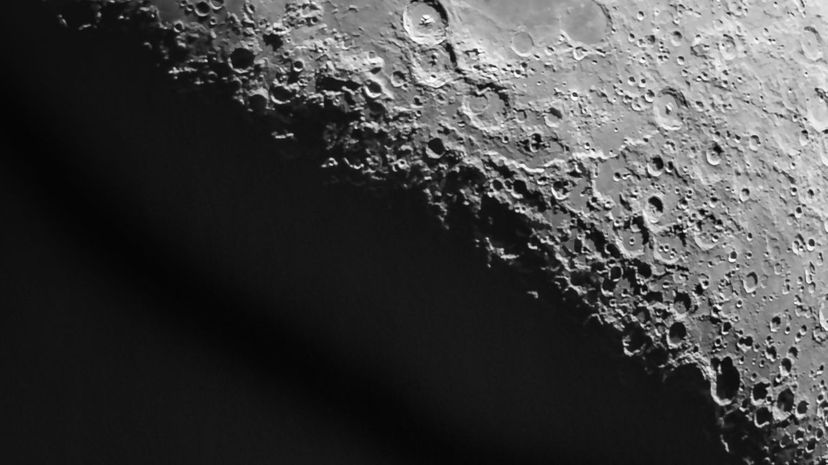
The moon rotates once every 29.5 days, but it also takes almost the same length of time to complete an orbit around the Earth. As a result, one side of the moon always remains hidden from us. The astronauts of Apollo 8 were the first people to see the far side of the moon with their own eyes.

As the moon grows brighter in the night sky we call this "waxing." The waxing moon grows brighter until it becomes a full moon; then the process reverses. Next, the Earth's shadow occults more of the sun's light and it "wanes" until it's just a crescent moon. It then finally disappears, thus beginning a new cycle.
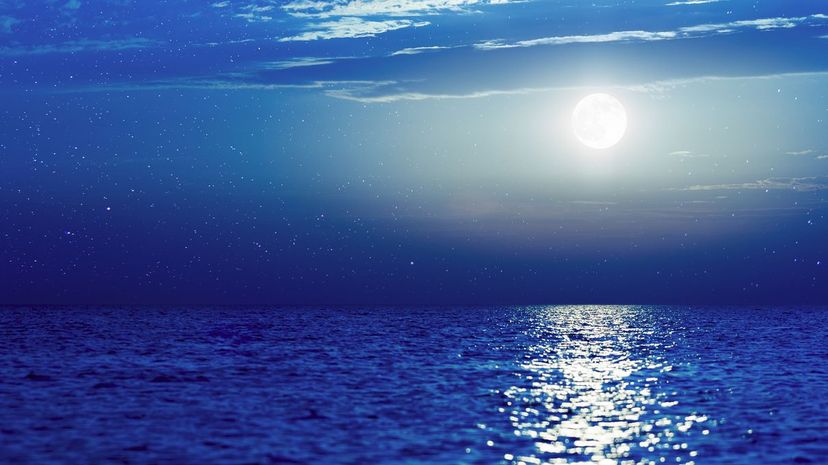
In 150 B.C., Seleucus of Seleucia theorized that the moon influenced the tides. Of course, we now know the gravity of the moon and sun impacts gravity on Earth, which consequently causes the tides to change.
Advertisement
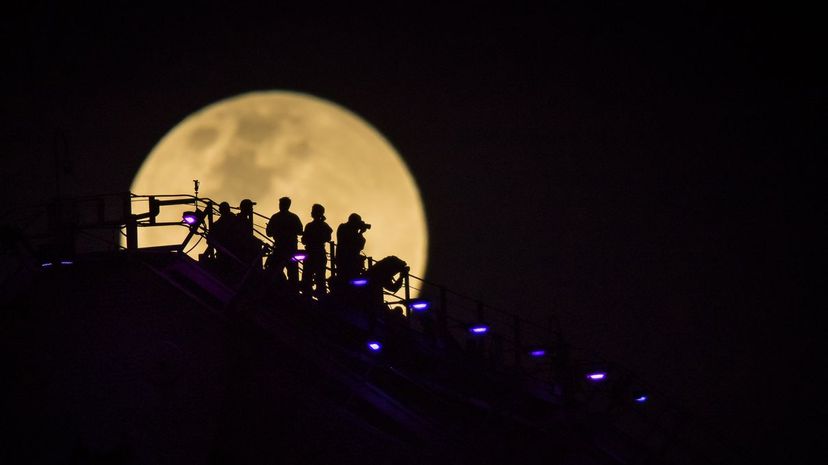
While not technically a scientific or astronomical term, and though some definitions vary, the public often uses supermoon to refer to an event that makes the moon appear 14% larger and 30% brighter. An astrologer coined the term supermoon in the 1970s. In January 2019, a supermoon coincided with a total lunar eclipse; the next time this happens will be May 2021.
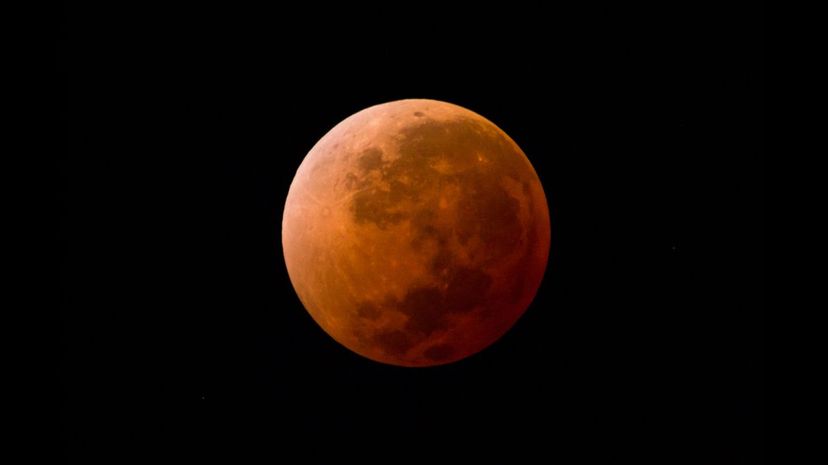
During a solar eclipse, also known as a blood moon, the only light that reaches the face of the moon is refracted from the Earth's atmosphere. As a result, the moon takes on a browny-red hue. This is the same effect that produces orange sunsets and sunrises over the horizon.
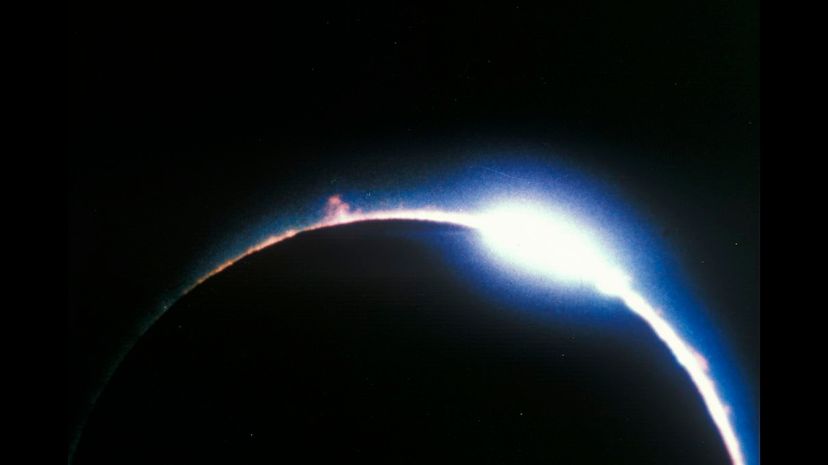
The old Roman word "umbra" refers to the innermost part of a shadow where no light is visible. Meanwhile, the penumbra refers to obscuration of a portion of the light. Finally, the antumbra refers to when the body exists entirely within the light source's disc, thereby creating a ring around the shaded area.
Advertisement
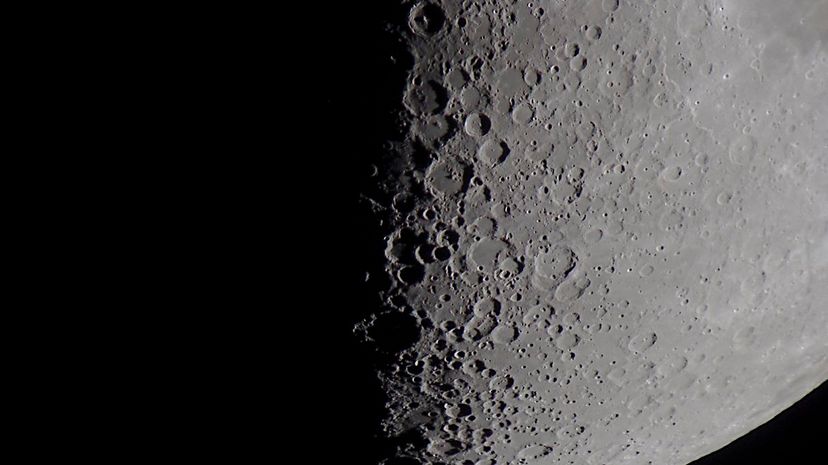
The terminator will be back, again and again. Don't fear, though — it merely refers to the line that divides the dark and day-lit side of a planet like the moon. Scientists also refer to the terminator as the twilight zone.
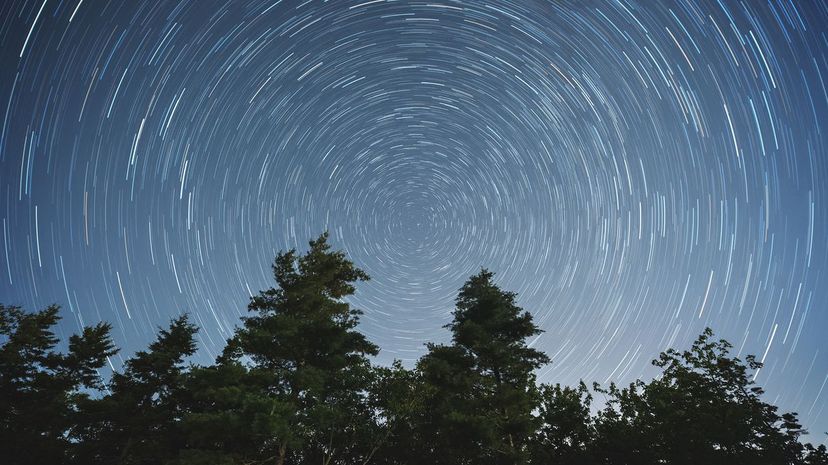
The Earth completes a rotation about once every 24 hours, while the moon rotates about once every 29.5 days. The sun, however, does not rotate. If we lived on the sun, there would be no day or night. Instead, it would just be sweltering and bright all the time!
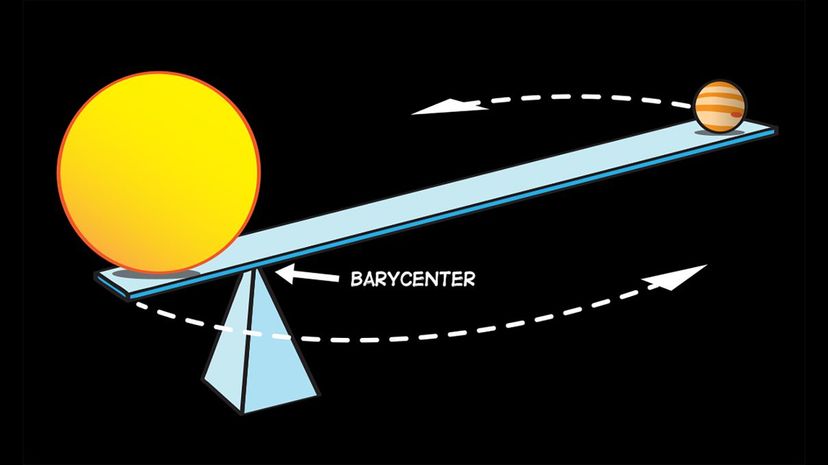
If a giant took a tiny child in their arms and spun them around in circles, the child would be spinning around the giant; however, the giant would still have to adjust their balance to account for the child's weight. In the same way, the barycenter acts as the center of mass around which the earth and moon orbit, which is located about 3,000 miles from Earth's center.
Advertisement
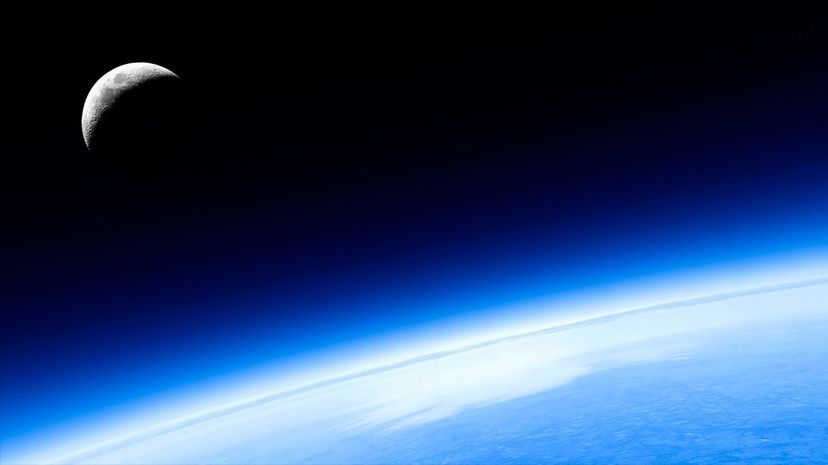
The distance from the perigee (the point at which the moon is closest to Earth) to the apogee (the point at which it's farthest away) equals roughly 25,000 miles. Astronomers call these extreme points of the orbit "apsides."

Just like the crescent moon, you can observe the gibbous moon twice per lunation: once in the first half and then again in the second. These are called waxing and waning gibbous, respectively.
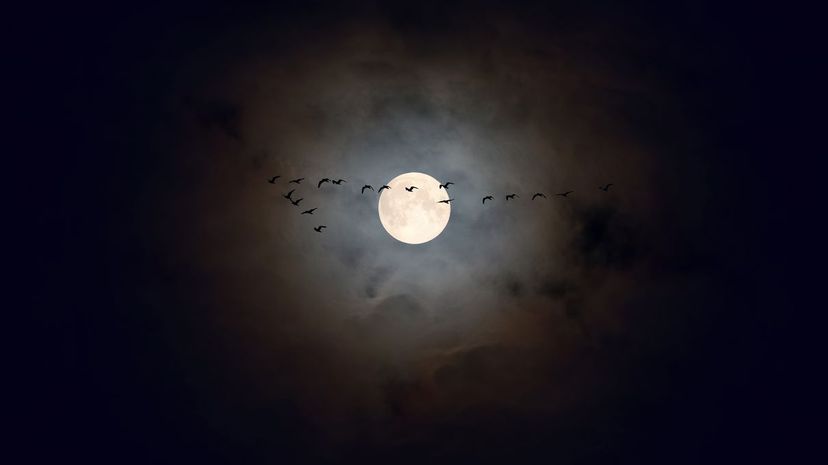
From humans that turn into werewolves on the night of a full moon to the belief that this phase makes people "loony," notions about lunar effects have existed for centuries. Although the human menstrual cycle correlates with the lunar phase, scientists still can't identify any concrete causation between animal behavior and the moon.
Advertisement
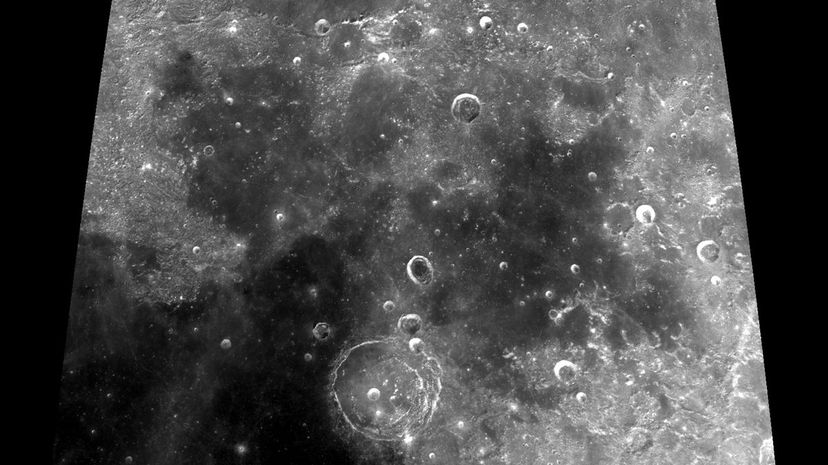
Located on the northeastern area of the moon's near side, "Lacus Somniorum," which is Latin for "Lake of Dreams," is about 239 miles in diameter. This irregular-shaped "lacus" joins to the Mare Serenitatis, a distinct lunar mare.
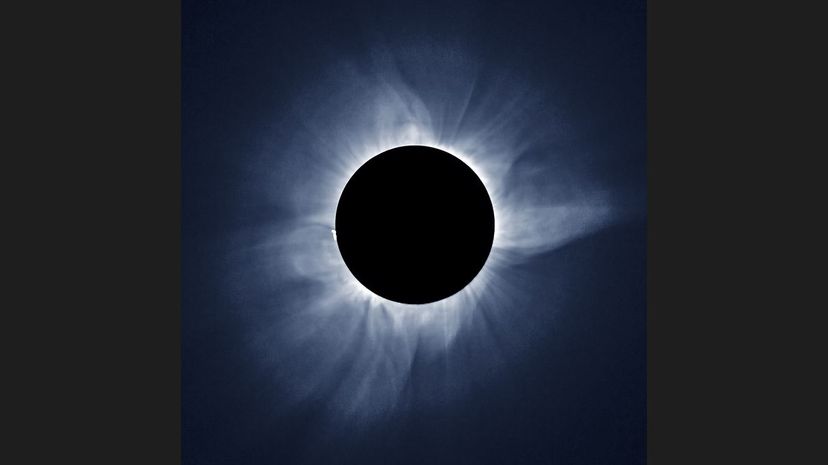
A measurement of zero on a scale of one to four corresponds the darkest observable eclipse. Meanwhile, one corresponds to dark gray, two to a deep red, three to red and four to bright red. André-Louis Danjon proposed the concept of the Danjon scale in 1921.
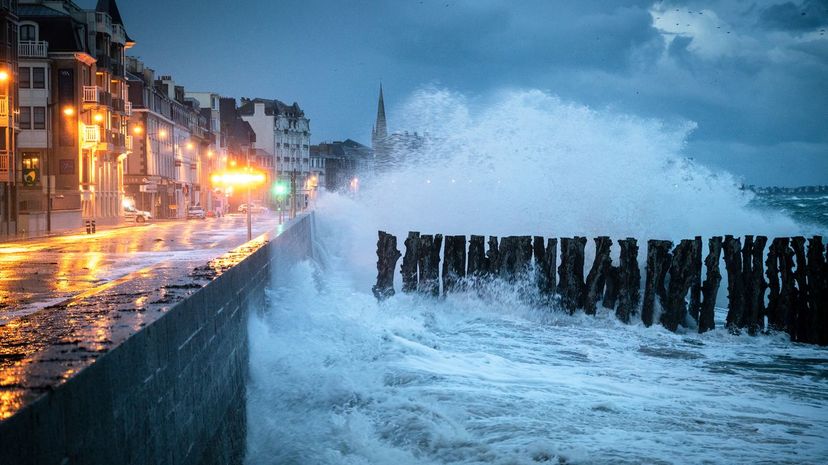
During the new or full moons, the tides are typically more pronounced due to the position of the moon and sun in relation to the Earth. The proximity of the Earth to the moon and sun also impacts the tides. The tides reach their zenith in January, when Earth is closest to the sun.
Advertisement
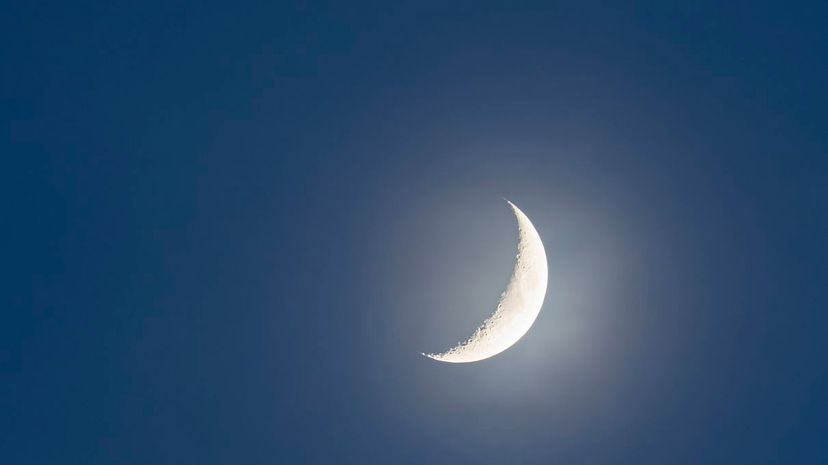
When you can only see a sliver of the moon from Earth, astronomers call this a crescent moon. As a lunar phase, it occurs near the start and end of the lunation. However, the side we observe (right or left) reverses depending on whether it's the beginning or close of the month.
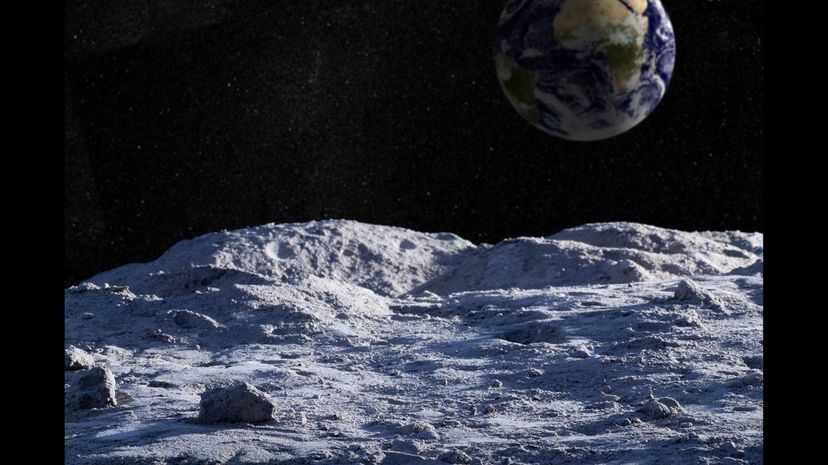
Asking whether you'd like to sit in the shade or the sun is a big deal on the moon's surface. Since there's no atmosphere, the temperature depends entirely upon whether you're in direct sunlight or not. And if you happen to be exploring craters on the poles of the moon, don't forget a jacket, because temperatures plunge to around -400 F!
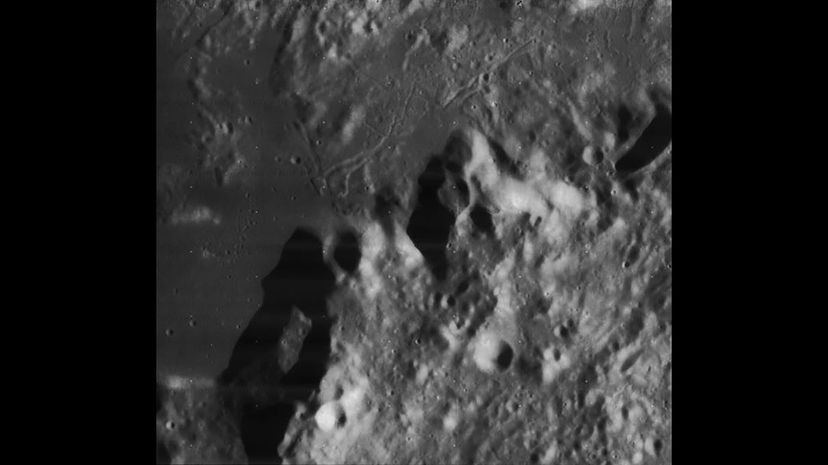
Mons Huygens, named for Dutch astronomer Christiaan Huygens, is the moon's highest mountain. It is located on Montes Apenninus lunar mountain range. Despite its height, the highest part of the moon actually measures about 2,100 feet higher.
Advertisement
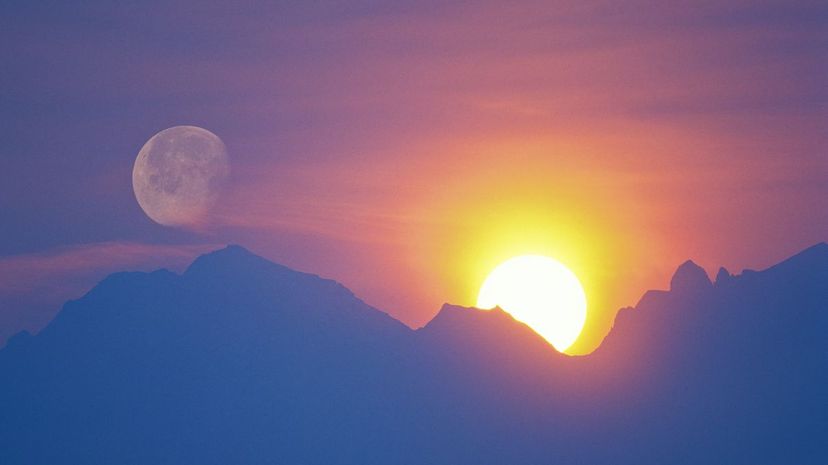
Nychthemeron refers to a period of 24 consecutive hours. Since the term "day" can contain much ambiguity, scientists and other researchers often use the term nychthemeron.
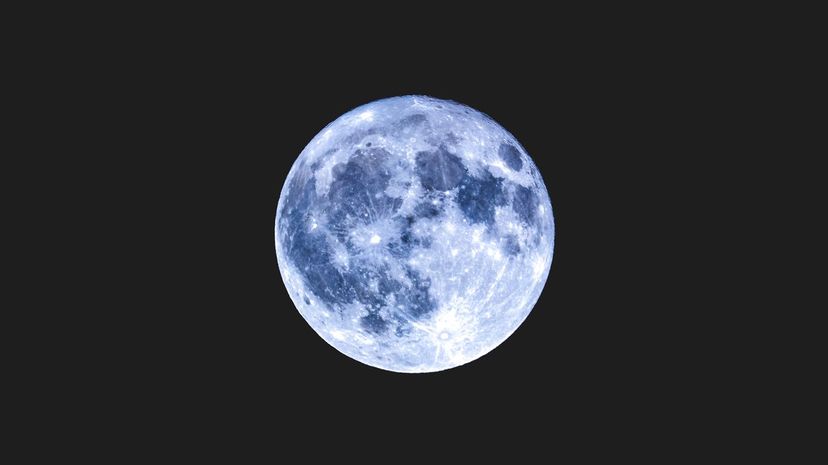
Counterintuitively, the most common definition for a blue moon has nothing to do with the moon's actual color. Maybe you've heard someone say "once in a blue moon" as in "once in a long while." This is where that expression comes from. The next Blue Moon will occur on October 31, 2020.
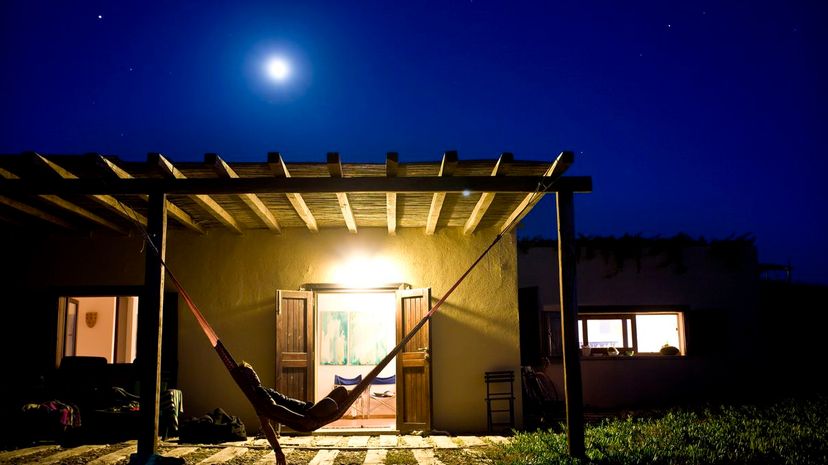
Plants, bacteria and animals possess a built-in internal clock that regulates sleep patterns. Although scientists call this function endogenic, which means that it's "built-in" to biology, it adjusts to environmental cues like light and temperature. Thus, if we decided to pick up and move to the moon someday, we would be likely to adjust our biological clocks eventually.
Advertisement

If someone idled their sleigh above the North Pole and had the chance to observe the moon in action, they would see it travel around in a counterclockwise direction. In fact, all the moons in our solar system orbit their planets in this way, except Neptune's moon, Triton.
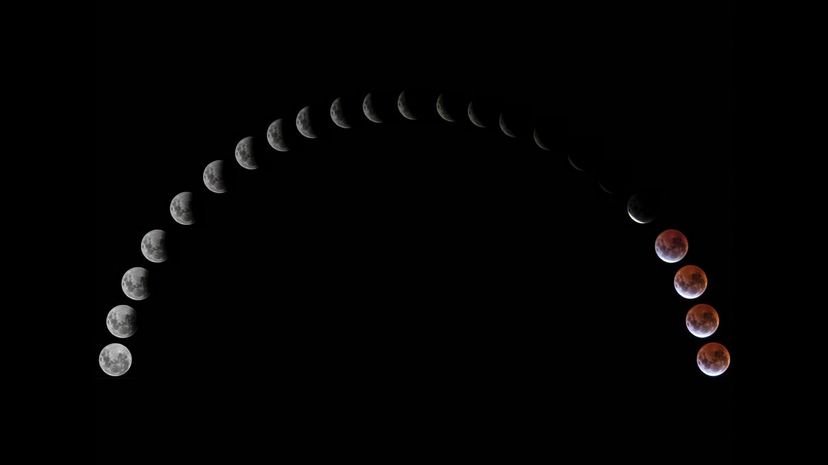
The moon's orbit not only varies in distance from Earth; it also travels up and down at an angle. As a result, the orbit produces two linear nodes, which happen when the moon passes above or below its ecliptic.
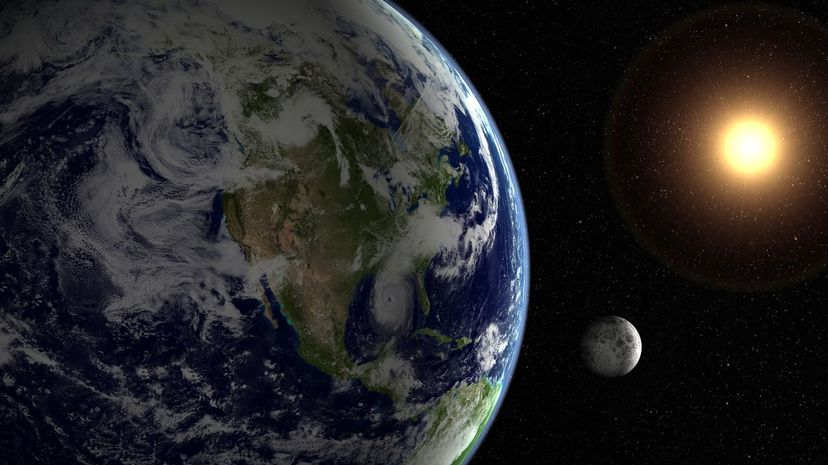
If the planets emerged from nowhere as stationary objects, they would shoot straight into the sun. Luckily for us, the solar system began as a giant, swirling cloud known as a solar nebula, and the planets and moons thus formed as spinning objects. The force of gravity and the planets' lateral motion thus causes them to rotate continually like a ball on a string.
Advertisement
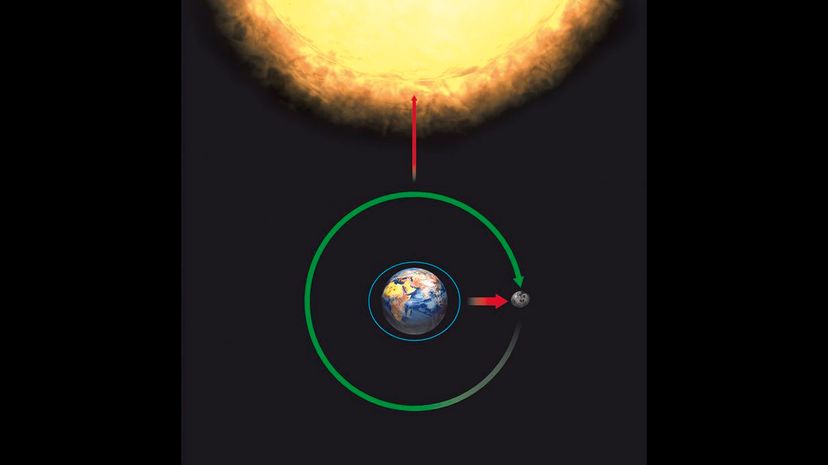
The sun and moon exist at right angles from one another about a week after the new moon and a week after the full moon. When this happens, the ocean's bulge caused by the sun partly overrides the bulge caused by the moon. As a result, a moderate tide, or neap tide, is produced.
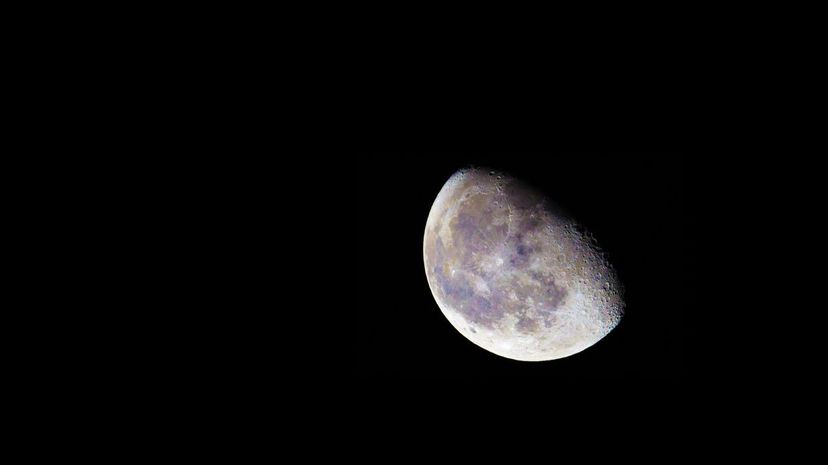
Just after the phase when you can observe half of the moon illuminated, the Waxing Gibbous moon commences. Most of the time, the Waxing Gibbous rises after noon and remains visible in the evening. It sets after midnight.
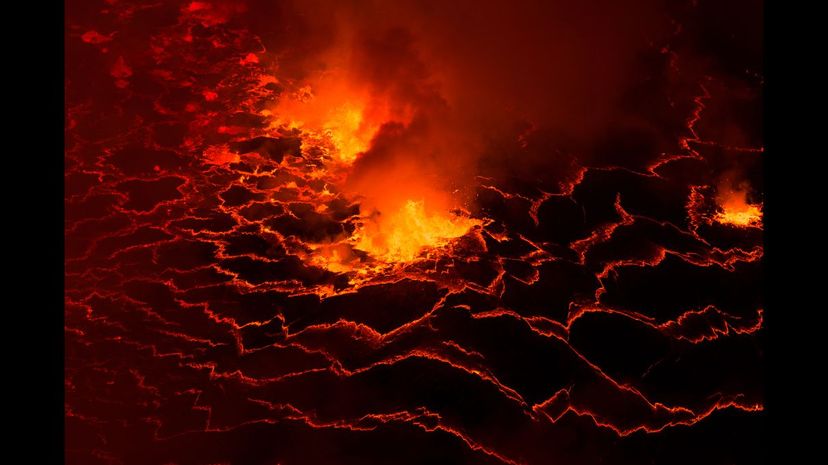
Maria are flat stretches of desert that scientists believe were formed by molten rock many moons ago. Most maria exist on the moon's near side, covering about 31 percent of it, compared to just two percent of the other side.
Advertisement

Although it exists at the fringes of lunar science, Transient Lunar Phenomenon refers to changes in color, lights or appearance on the moon's surface. While claims of such phenomena date back for thousands of years, you won't find much peer-reviewed data on anything of the sort.
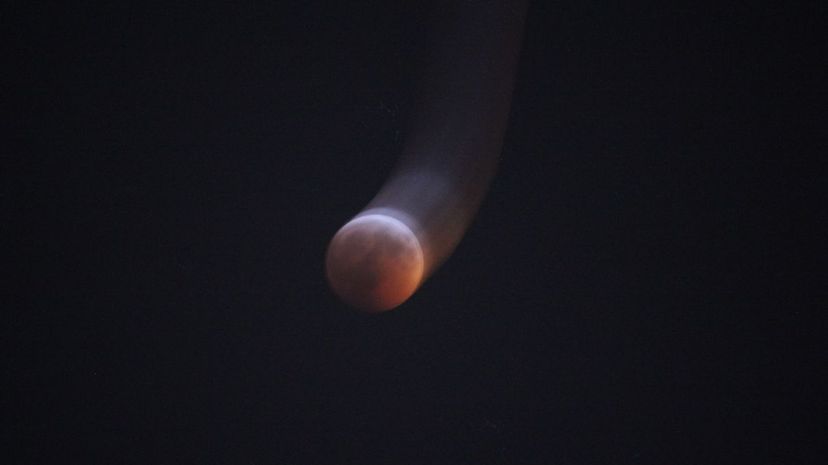
Sound travels at about 767 miles per hour, which equates to Mach 1. As the moon travels around Earth at a speed of about Mach 3, it covers a distance of about 1,423,000 miles per hour.
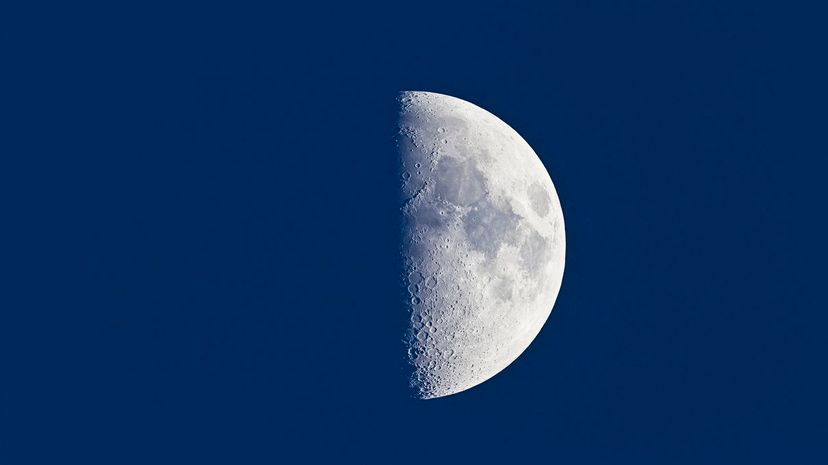
As the name suggests, the First Quarter moon occurs about one-quarter of the way through the lunar cycle. Depending on where in the world you're located, the right or left half might be illuminated.
Advertisement
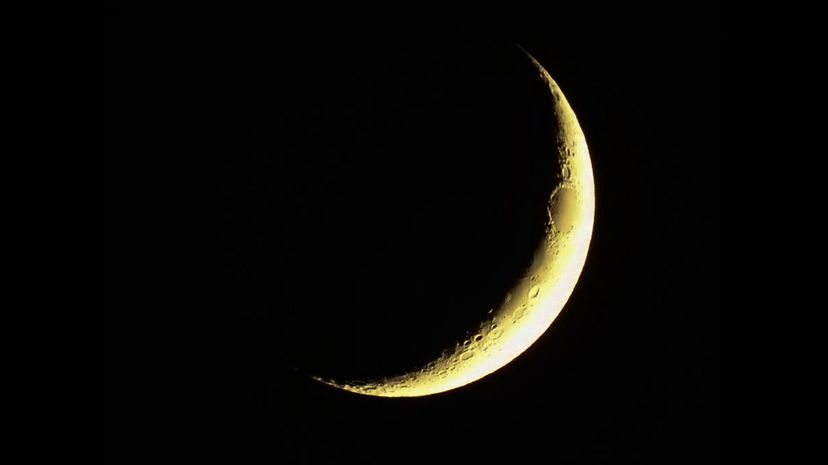
The Earth's phases oppose the moon's. So, if the moon is full, the Earth is new. When the moon is new, the Earth is full. If it's a gibbous Earth, it's a crescent moon. So, the next time you can't see the moon in the night sky, remember that some alien's dad is up there saying, "Look kids! It's a full Earth tonight!"
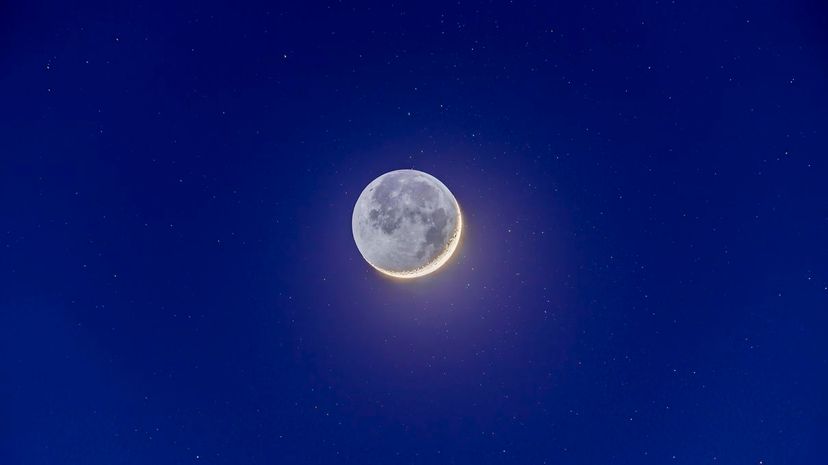
People also call earthshine "ashen glow" or the "Da Vinci glow," the latter because Da Vinci explained the phenomenon for the first time on record. The term refers to the faint glow that lights up the unlit portion of the moon's surface.

In the Last Quarter moon, the moon moves one more quarter around Earth. Now, the sun shines upon the other half of the globe's visible face. Afterward, the moon will become a Waning Crescent before becoming a New Moon.
Advertisement
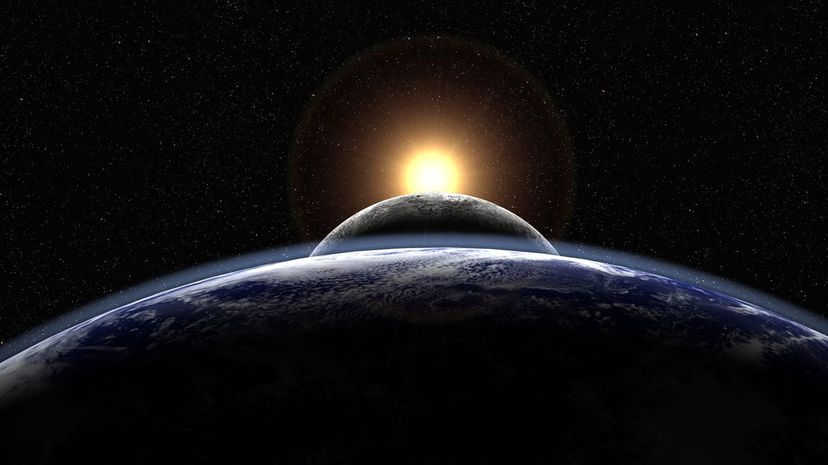
The phases of the moon involve the interaction of the moon, Earth and sun. When these three align, astronomers call it "syzygy." This can happen in two distinct ways: the moon can exist between the earth and the sun, or the earth can exist between the moon and the sun. These phenomena occur during a New Moon and Solar Eclipse, respectively.
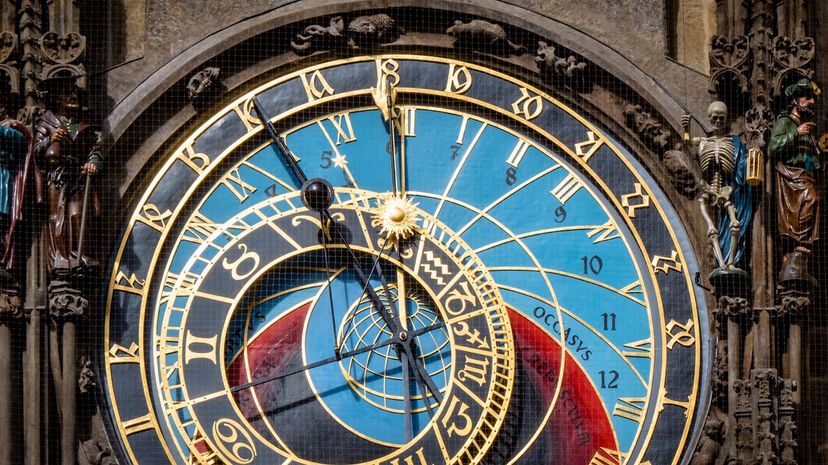
Dated back to roughly 10,000 years ago, archaeologists discovered the oldest known lunar calendar at Warren Field in Scotland. Presumably, people used similar calendars even earlier in more rudimentary forms. Some historians claim that lunar calendars date back as far as 27,000 years ago; So far, though, these claims remain unconfirmed.
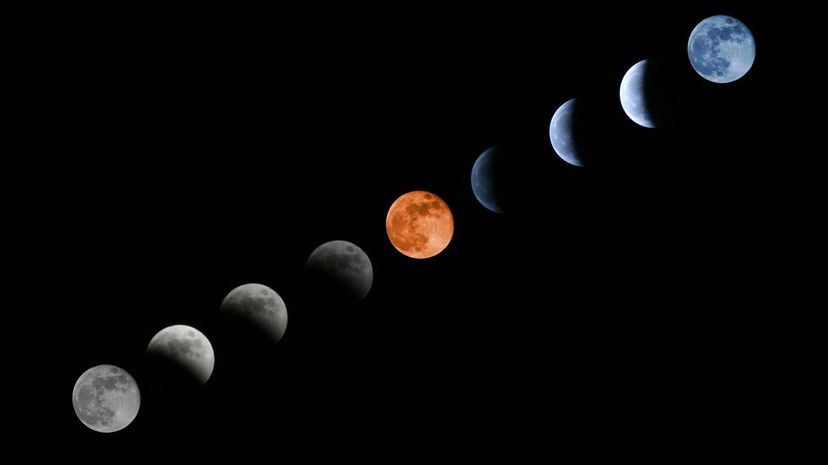
One lunar month is called a lunation. Every 27.5 days, the moon completes its orbit around the earth and commences a new lunation. During a lunation, we see the apparent shape of the moon shift in relation to its position via the sun's light and Earth's shadow.
Advertisement
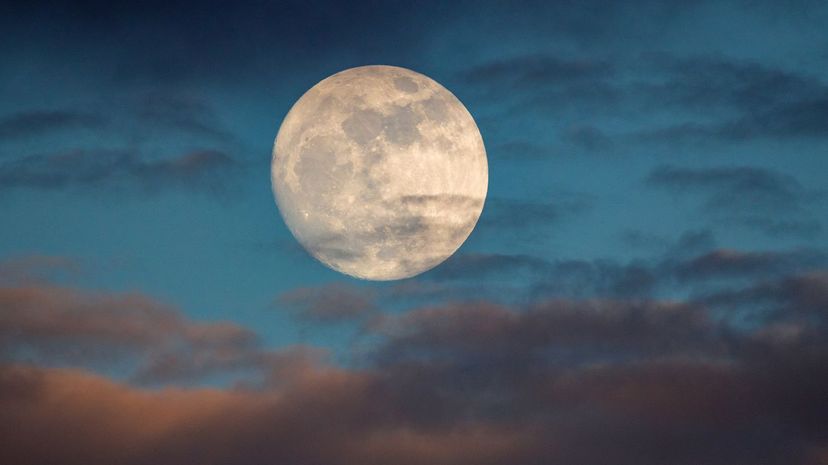
The origins of the word "moon" from "meh" serves as a reminder that historically, people knew a lot more about the lunar cycle than about the moon itself. In fact, until the Middle Ages, when people started using telescopes, they thought the moon was completely smooth. Now we know that it has colossal impact craters all over.
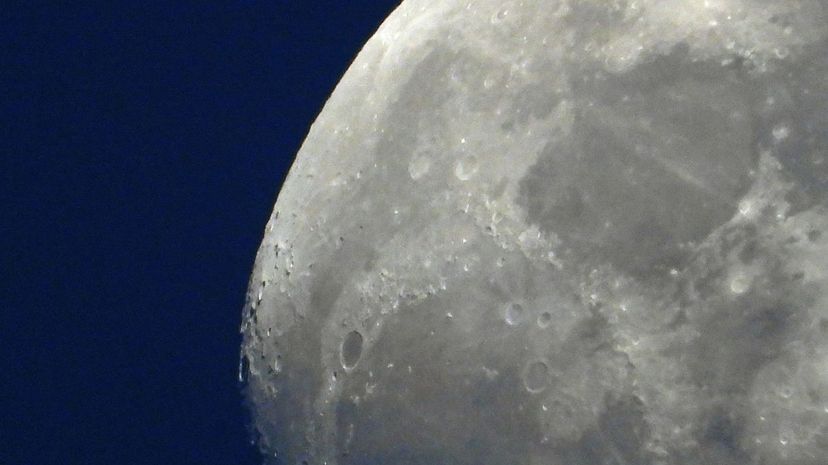
Many might assume that the full moon is the optimal time to observe its surface. However, there's actually too much light to observe its detail very well. Instead, you can see the craters and other textures of the moon best just before or after the full moon.
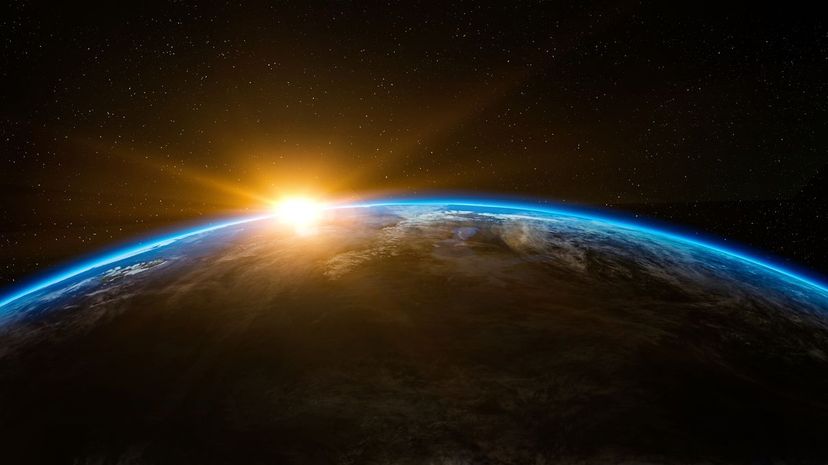
It took a long time for people to understand this bright idea: Earth travels around the sun, not the other way around. In fact, you could be convicted of heresy for making such a bold claim, which is what happened to astronomer Galileo Galilei in 1663. When Leonardo Da Vinci figured it out he wrote "EVOUM IS ON ELOS LI" in his journal, which means "The sun does not move."
Advertisement
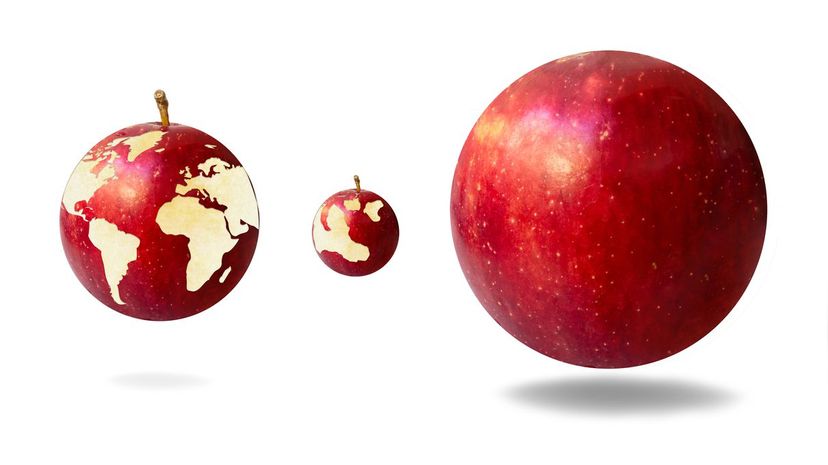
While sitting under a tree one day, an apple fell upon Isaac Newton's head. As a result, he entertained the audacious idea that the apple didn't just fall to Earth, but the earth and apple fell toward each other — thus discovering gravity. As a result, humans realized why the sun, earth and moon don't just fly away from each other.